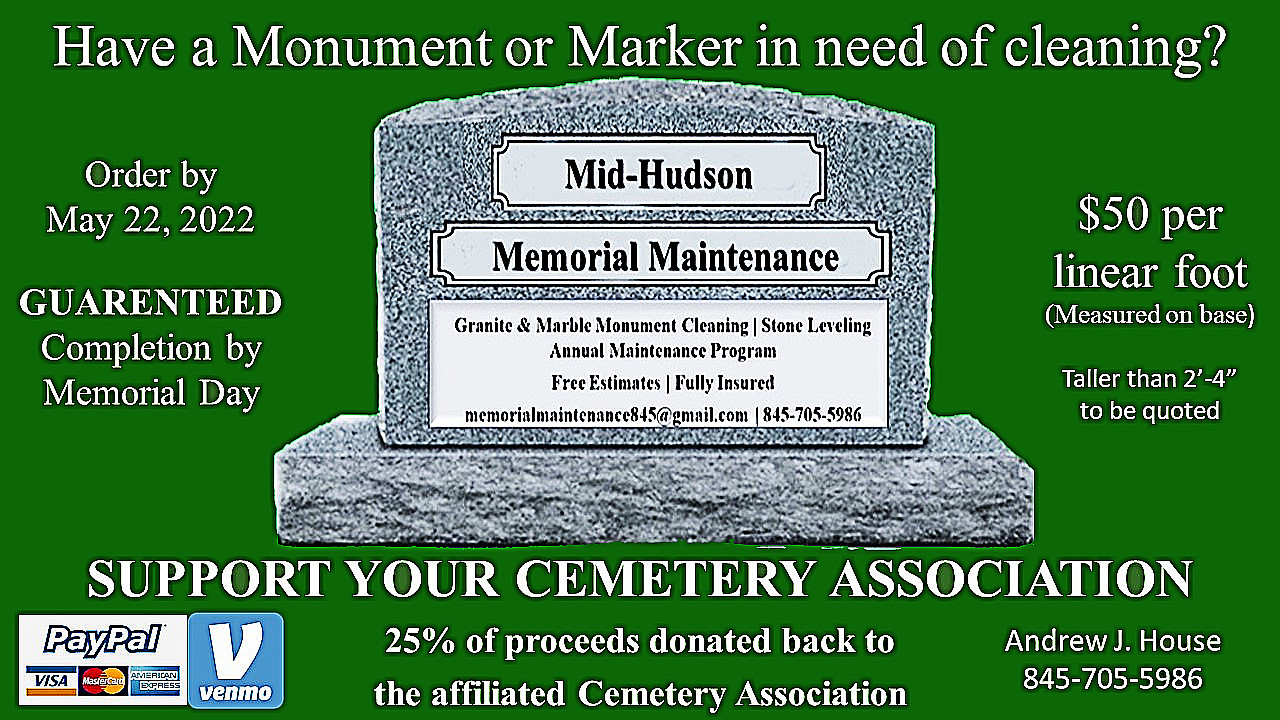Tax Tips and Tidbits –
Special Tax Reform Edition – Part 2
December 28, 2017
By Steven R. Anderson E.A.
This is the second of 3 Tax Tips and Tidbits dedicated to the new tax laws taking effect on January 1, 2018. In this edition, I will attempt to explain some of the more common provisions. In the next edition, I will show you how they affect a typical return.
Most changes take effect on January 1, 2018. Tax returns filed during the spring of 2018 (for the 2017 tax year) are generally not affected. But knowing about these changes now will help taxpayers plan and understand how the TCJA could impact their take-home pay and their 2018 tax refund.
Tax brackets and tax rates change for everyone:
All individual tax filers will pay tax using a new tax bracket and tax rate structure. However, the tax rates remain progressive, meaning tax rates rise as income increases. In comparison to previous tax brackets and tax rates, the new rates are slightly lower and the brackets are generally slightly broader.
Rates under the TCJA: 10%, 12%, 22%, 24%, 32%, 35%, 37%. Pre-TCJA rates: 10%, 15%, 25%, 28%, 33%, 35%, 39.6%
Under the 2017 tax brackets and rates, a single taxpayer with $40,000 of taxable income would be in the 25% tax bracket and would have a tax liability of $5,739. Under the 2018 tax brackets and rates, a single taxpayer with $40,000 of taxable income would be in the 22% tax bracket and would have a tax liability of $4,740.
Tip: Tax brackets, rates and credits play a big part in how much tax a taxpayer will pay, but the amount of taxable income plays perhaps an even bigger role.
Personal and dependent exemptions are eliminated:
In 2017, taxpayers claimed a personal exemption for themselves, their spouse (if married filing jointly) and each qualifying child or qualifying relative. Each exemption reduced taxable income by over $4,000 in 2017. Under the TCJA, personal and dependent exemptions are eliminated from 2018 through 2025.
Child tax credit increased through 2025:
Through 2025, the TCJA increases the maximum child tax credit from $1,000 to $2,000 per qualifying child. The refundable portion of the credit increases from $1,000 to $1,400. That means taxpayers who don’t owe tax can still claim a credit of up to $1,400. The higher child tax credit will be available for qualifying children under age 17, as under current law.
Also, the child tax credit begins to phase out for taxpayers with modified adjusted gross income (MAGI) of over $200,000 (Single) or $400,000 (MFJ). This phaseout more than doubles the phaseout range under current law. Taxpayers can’t claim a child tax credit for a child who does not have a Social Security Number (SSN) by the due date of the return.
New credit for non-child dependents available through 2025:
The TCJA allows a new $500 nonrefundable credit for dependents who do not qualify for the child tax credit. Taxpayers can claim this credit for children who are too old for the child tax credit, as well as for non-child dependents. There is no SSN requirement to claim this credit, so taxpayers can claim the credit for children with an Individual Tax Identification Number (ITIN) or an Adoption Tax Identification Number (ATIN) if they otherwise qualify.
Standard deduction increases through 2025:
The standard deduction will increase. In 2018, the standard deduction amounts will be:
- $12,000 (single)
- $18,000 (head of household)
- $24,000 (married filing jointly)
Because of the increase and because of changes to the rules for itemized deductions, many taxpayers who previously itemized deductions will now claim the standard deduction instead. This means they may not have to file Schedule A. However, taxpayers may want to continue to track their expenses so they have the information to make the comparison and choose the tax benefit with the bigger value.
Many itemized deductions eliminated, limited or modified:
Before the law change, about 30% of taxpayers itemized deductions on Schedule A, instead of taking the standard deduction associated with their filing status. However, the TCJA has a large impact on itemized deductions, as several itemized deductions have been eliminated or modified.
Fully eliminated:
- Miscellaneous itemized deductions subject to the 2-percent floor
o Employee business expenses
o Tax preparation fees
o Investment interest expenses
- Personal casualty and theft losses (except for certain losses in certain federally declared disaster areas)
Limited:
- State and local income taxes (SALT) or state and local sales tax, plus real property taxes, may be deducted, but only up to a combined total limit of $10,000 ($5,000 if MFS)
- Home mortgage interest has several modifications:
o Interest on a home equity loan is no longer deductible
o Interest on a new home mortgage is limited to interest paid on a maximum of $750,000 ($375,000 if MFS) of a new mortgage taken out after December 14, 2017.
o Taxpayers with a mortgage taken out before December 15, 2017, can continue to claim home mortgage interest on up to $1 million ($500,000 if MFS) going forward; the $1 million ($500,000 if MFS) limit continues to apply to a refinanced mortgage incurred before December 15, 2017.
Modified:
- Charitable contributions: The deduction for charitable contributions is expanded so that taxpayers may contribute up to 60% of their adjusted gross income, rather than up to 50%.
- Gambling losses remain deductible, but only to the extent of gambling winnings. The definition of losses from wagering transactions is modified.
- Medical expenses remain deductible. For 2017 and 2018, medical expenses are deductible to the extent they exceed 7.5% of AGI. In 2019, the threshold will increase to 10% of AGI.
The overall limit on itemized deductions (often called the Pease limit) is also eliminated.
Many “Above-the-line” deductions eliminated, limited or modified:
As with itemized deductions, many “above-the-line” adjustments have also been eliminated or limited:
Fully eliminated:
- Alimony deduction for payments made under orders executed after December 31, 2018. For new orders, the TCJA no longer allows payors to deduct alimony payments or requires the recipient to report income for alimony received. (Payments under existing orders are grandfathered and may continue to be deducted by the payor and should be reported as income by the recipient.)
- Tuition and fees deduction expired under previous law and was not renewed by the TCJA.
- Domestic production activities deduction (DPAD)
Mostly eliminated:
- Moving expenses are disallowed (except for the expenses of active members of the military who relocate pursuant to military orders).
Stays the same:
- Educator expense deduction (K-12 educators can deduct up to $250 per year for unreimbursed classroom supplies.)
- Student loan interest of up to $2,500 can be deducted by qualifying taxpayers for interest paid on student loans.
- Health savings account (HSA) Deduction
- IRA deduction
- Deductions for self-employed taxpayers (SE tax, SE health insurance, SE qualified retirement plan contributions)
Some education benefits remain the same, others modified:
Taxpayers can continue to claim the American Opportunity Credit, a credit of up to $2,500 per year for the first four years of college education, and the lifetime learning credit, a credit of up to $2,000 per year for qualifying education expenses.
Taxpayers can continue to use savings bonds for education, educational assistance programs provided by employers, 529 plans and Coverdell education savings plans to save for college.
Some scholarships and tuition waivers can continue to be treated as tax-free if certain conditions are met.
529 plans can now be used for K-12 expenses. Plans can distribute up to $10,000 each year for tuition incurred for enrollment or attendance at a public, private, or religious elementary or secondary school. The $10,000 limit for elementary and secondary school is applied on a per-student limit.
Taxpayers whose student loans are canceled because death or total and permanent disability may be eligible to treat the cancellation of debt as tax-free.
Health care penalty eliminated:
The penalty for failure to obtain health insurance coverage (the “individual mandate”) will be eliminated beginning in 2019. Taxpayers who did not have coverage in 2017 or 2018 will continue to owe a penalty for those years unless they qualify for an exemption.
Self-employed taxpayers may claim a new deduction for qualified business income :
Self-employed taxpayers can deduct up to 20% of qualified business income from a sole proprietorship, partnership, or S corporation. There are a few limitations placed on the deductions, but many small businesses will be able to benefit.
Example: A self-employed taxpayer has taxable income of $60,000. All of the income is from the business. The qualified business income deduction is $12,000 ($60,000 × 20%).
Taxpayers may benefit by adjusting withholding and estimated taxes. Because of all the changes made by the TCJA, taxpayers should consult their tax professionals for next steps. Tax professionals can help with Form W-4 planning by verifying they have the correct income tax withholding set up by their employer.
Taxpayers who are self-employed and others who make quarterly estimated tax payments should check with a tax professional and determine whether they need to adjust their estimated payments.
Friday, in the final part of the series, we will explore how these changes affect a typical family, and I will answer any questions that you email me at StAnderson@hrblock.com. Remember to put TCJA in the subject line.
Steven Anderson is an Enrolled Agent, licensed to practice before the IRS. He is the owner of the Beacon and Pawling franchises of H&R Block where he holds a Master Tax Advisor certification and has 28+ years of experience. Steve is also a graduate of the National Tax Practice Institute and a member of the American Society of Tax Problem Solvers, and a Certified Tax Resolution Specialist.
Tax Tips and Tidbits –
Special Tax Reform Edition – Part 1
December 22, 2017
By Steven R. Anderson E.A.
After months of wrangling, Congress passed the Tax Cuts and Jobs Act (TCJA), the largest rewrite of the tax code since the 1980’s. There is much to analyze in this bill, and I’m sure there will be more votes to correct the problems, loopholes, and unintended consequences that such a large tax reform can create.
For now, we have new tax laws that will take effect on January 1.
I will address many of the details in the second part of this special edition which will be posted next Wednesday, but for now I want to address two items that I wanted to communicate to you right away.
First, none of this affects your 2017 tax return that will be filed in 2018. All the old laws are still in effect, including the individual mandate to have health insurance.
Second, I have been receiving many inquiries asking about prepaying property taxes for 2018 in order to get the deduction this year, rather than next when it will be limited. Here’s the scoop.
- TCJA will limit the deduction for State and Local Taxes (income, sales, and property) to $10,000. So, if your combined income and property tax deductions are less than $10K, you don’t have to worry {look on last year’s Schedule A, attached to your 1040, on line 9}.
- While TCJA prohibits prepaying income taxes, it is silent about property taxes.
- The IRS is also silent about prepaying property taxes. So, what’s the problem…
- Most taxing jurisdictions will not have their tax bills ready until after December 31. This is important for two reasons.
- The jurisdiction may not be setup to receive a payment before it is assessed.
- The Internal Revenue Code states that taxes must be “imposed on and paid by” the taxpayer to be deductible. If you pay the tax before it is imposed on you, the IRS could deny the deduction.
Bottom line: Check with you tax assessor to see if the bills will be ready before the end of the year. If they are, and you want to take advantage of this strategy, then go ahead.
Part 2 of this Special Edition of Tax Tips and Tidbits will be posted on Wednesday 12/27/17 and contain details of the provisions that will affect individuals.
Part 3 will be posted on Friday 12/29/17 and will contain answers to questions that you ask. You can email me at standerson@hrblock.com with your questions. YOU NEED TO PUT “TCJA” IN THE SUBJECT LINE. I will attempt to answer as many of them as possible. Answers will not include any personal data!
In the meantime, enjoy the Holiday Season.
Steven Anderson is an Enrolled Agent, licensed to practice before the IRS. He is the owner of the Beacon and Pawling franchises of H&R Block where he holds a Master Tax Advisor certification and has 28+ years of experience. Steve is also a graduate of the National Tax Practice Institute and a member of the American Society of Tax Problem Solvers, and a Certified Tax Resolution Specialist.



